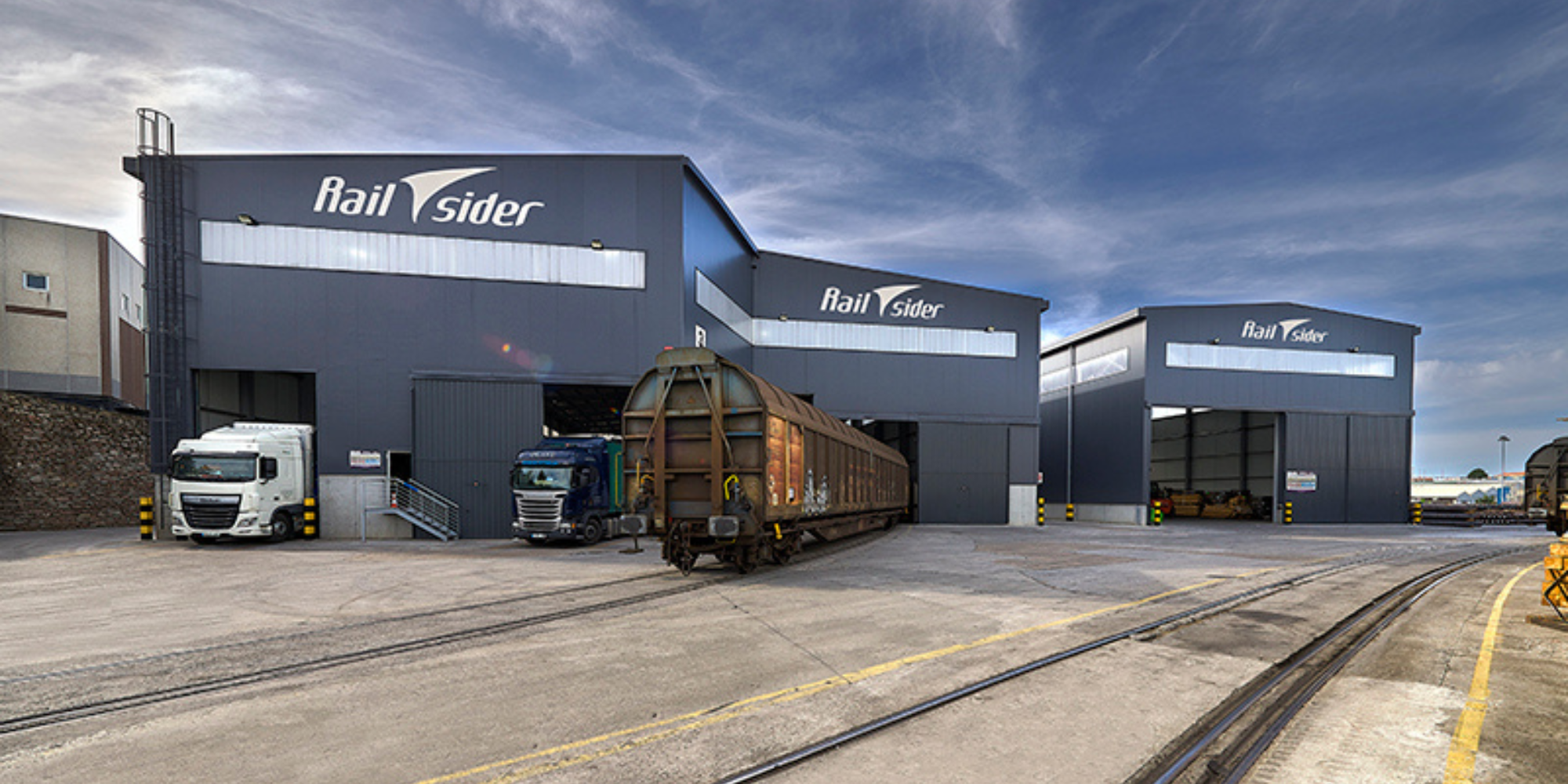Logistics and supply chain management are essential parts when running any transport system efficiently. In the context of rail freight, these elements play a critical role in optimising capacity, reducing costs and improving the reliability and punctuality of services. As companies look for more sustainable and efficient methods to move their products, rail freight is becoming an increasingly attractive option.
Advantages of Rail Freight
Rail freight offers many advantages compared to other modes of transport, such as maritime and road transport. Some of the main benefits include:
Energy Efficiency
Trains can carry large volumes of goods using less fuel than trucks, resulting in a significant reduction in carbon emissions.
Load Capacity
One train can carry the same amount of freight as several trucks, which reduces road congestion and improves transport efficiency.
Reliability and Safety
Rail transport is less susceptible to traffic delays and has a lower accident rate compared to road transport.

Challenges in Rail Logistics
Despite its advantages, rail transport faces several logistic challenges:
Limited Infrastructure
Rail infrastructure may be insufficient or in poor condition in some regions, limiting service expansion and efficiency.
Intermodality
Integration with other modes of transport, such as road or maritime, is essential for an efficient supply chain, but can be complex and costly.
Freight Transport Flexibility
Trains have less flexibility in terms of routes and schedules compared to trucks, which can be an obstacle for certain industries.
Efficient Supply Chain Management
Supply chain management in rail freight involves a series of strategies and practices designed to maximise efficiency and minimise costs. Some of these practices include:
Planning and Programming
It is crucial to coordinate and schedule shipments in a way that optimises transit times and resource utilisation. This includes synchronisation with other modes of transport to ensure a smooth transfer of goods.
Technology and Automation
The implementation of advanced technology, such as real-time tracking and process automation, can significantly improve visibility and control over the supply chain. Transport management systems (TMS) and warehouse management systems (WMS) are vital tools in this regard.
Collaboration and Partnerships
Establishing strategic alliances with other agents in the supply chain, such as port operators and carriers, can improve efficiency and reduce operational costs. Collaboration also enables information and resource sharing, which optimises operation planning and execution.

Sustainability in the Rail Supply Chain
Sustainability is an increasingly important factor in logistics and supply chain management. Rail freight is inherently more sustainable than other modes of transport due to its lower carbon footprint. However, railway companies are taking additional measures to improve their sustainability, such as:
Renewable Energy
Incorporating renewable energy, such as electricity generated from clean sources, to power locomotives.
Green Materials and Technology
Using recyclable materials and green technology for railway infrastructure construction and maintenance.
Route Optimisation
Using advanced software to optimise transport routes and minimise fuel consumption.
Rail freight plays a crucial role in logistics and supply chain management, offering an efficient, safe and sustainable solution for goods transport. Despite all the challenges, modern strategies and technologies are helping to overcome these obstacles and improve rail freight efficiency and competitiveness. With the growing need for sustainable practices and the constant search for operational efficiency, rail freight has become a key strategic option in the global logistics landscape.
